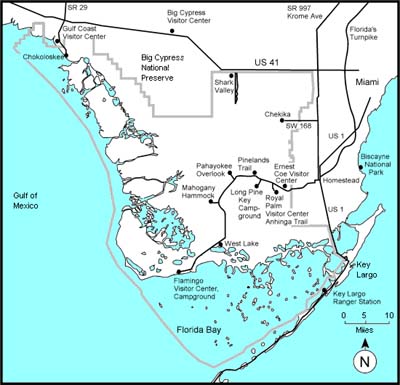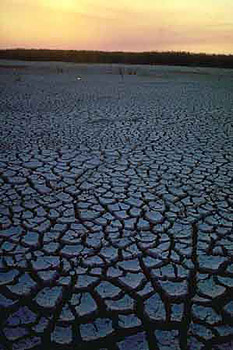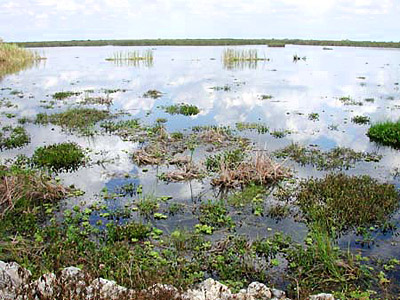As the largest designated wilderness east of the Rocky Mountains within the U.S., the Everglades National Park provides protection to the flora and fauna that live in the unique habitats of the everglades.
Everglades National Park
In December of 1947, the Everglades National Park was formally dedicated by President Harry S Truman. Since established, the park boundary has increased from the original 460,000 acres (1861.6 square kilometers) to 1,509,533 acres (6109.1 square kilometers).


Although this park was set aside to protect the valuable cultural and biological resources, the Everglades still face many issues that impact its very survival as an intact ecosystem. The construction of canals and dikes has negatively impacted the Everglades. Currently there is an effort to restore the Everglades region under a plan called the Comprehensive Everglades Restoration Plan (CERP). This plan aims to restore and preserve habitats of the Everglades and south Florida while managing water supplies and controlling floods.
Referred to as the “world’s largest ecosystem restoration effort”, the CERP will cost over $7 billion and take more than 20 years to develop. The U.S. Army Corp of Engineers and the South Florida Water Management District will work together, along with other agencies and citizens, to make this plan successful.
